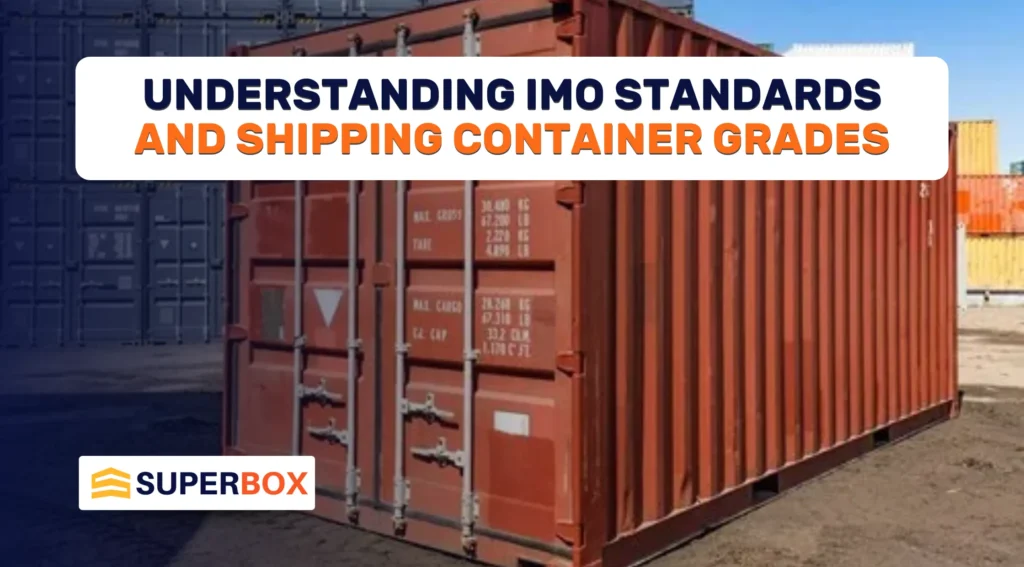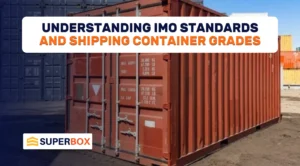Shipping containers may look basic, but they are essential for global trade, allowing goods to be transported safely and efficiently worldwide. To maintain safety and quality, the International Maritime Organization (IMO), a UN agency, establishes important rules for container conditions. Containers also come in various grades, each with its uses and advantages. In this blog, we’ll cover IMO standards, the different container grades, and the certification and inspection processes.
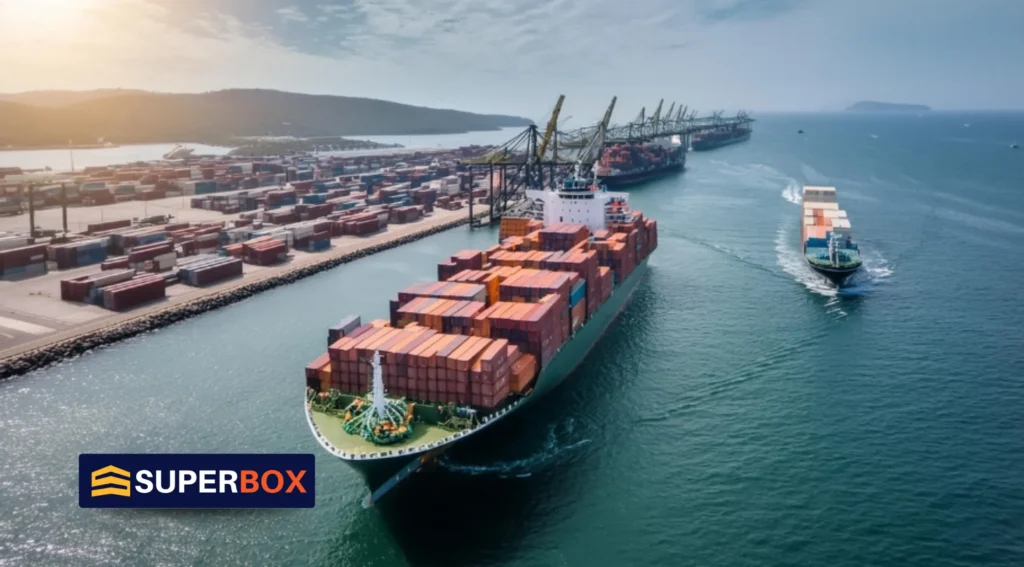
IMO Standards for Shipping Containers
The International Maritime Organization (IMO) regulates international shipping to ensure safety and environmental friendliness, including setting standards for shipping containers used in global trade.
Safety and Structural Integrity
IMO standards prioritise the safety and strength of containers. They must be built to withstand the challenges of international shipping, such as harsh weather and rough handling. Containers need to be wind and watertight to protect the cargo inside from damage. They must also meet specific structural requirements for their walls, floors, and doors to prevent damage during transport.
Regular Inspections and Certification
To ensure containers stay in good condition, the IMO requires regular inspections. Containers must have a valid CSC plate, which shows they meet safety standards. This certification is essential for international shipping, confirming that containers are safe to use and helping to reduce air pollution from ships.
Importance of IMO Standards
The IMO’s standards are important for several reasons. They improve safety by setting high-quality requirements and lowering the risk of accidents and injuries related to container shipping. They also create consistency around the world, making international trade smoother and reducing the chances of container failures. By following these standards, member countries ensure that containers are reliable and safe globally.
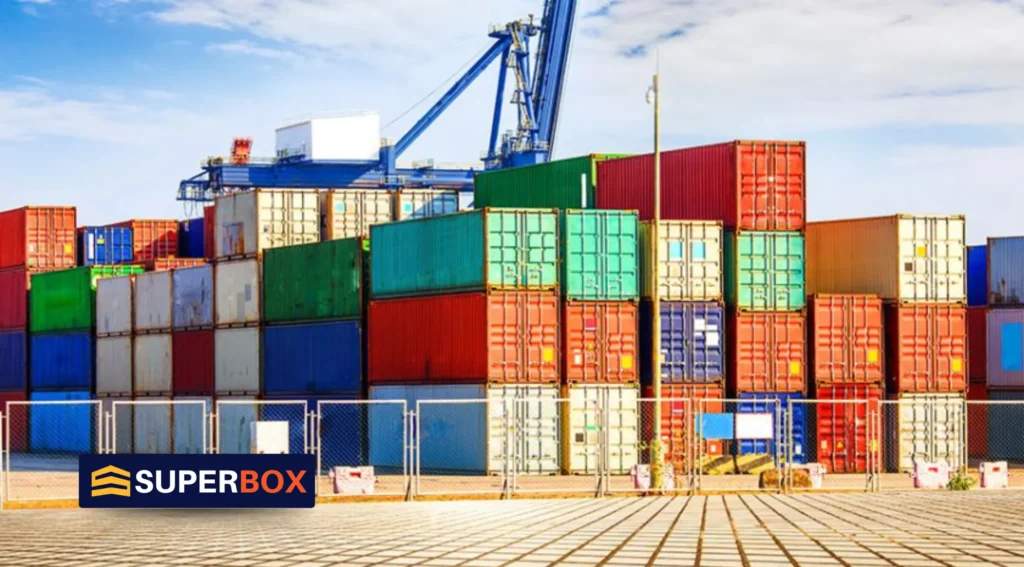
The Different Grades of Shipping Containers
Shipping containers come in various grades to meet different needs and budgets. Here’s an overview of the main types:
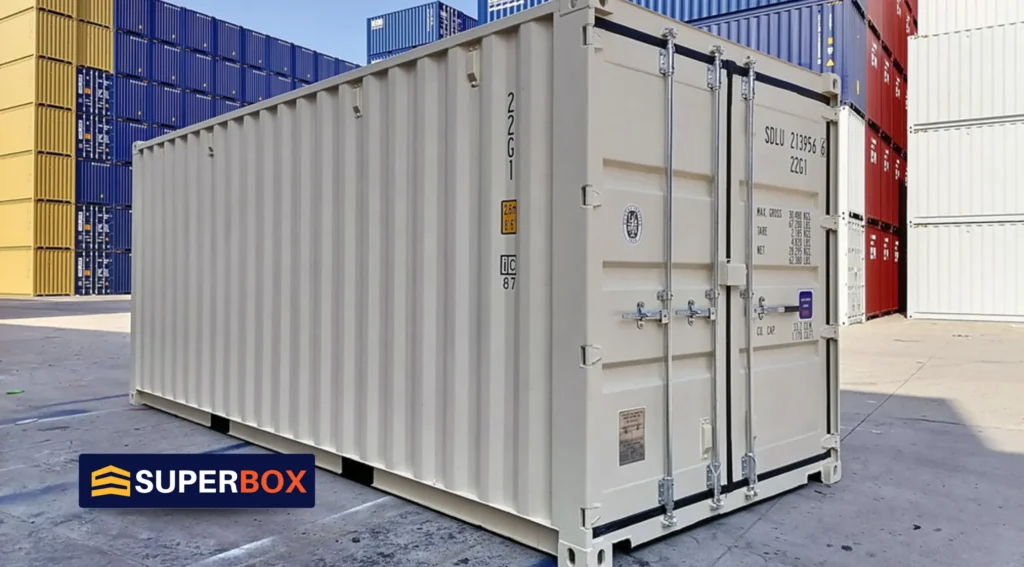
New Containers
New containers are brand new and have only been used once for shipping. They are in perfect condition and are ideal for businesses that need the highest level of reliability and quality, although they come with a higher price tag.
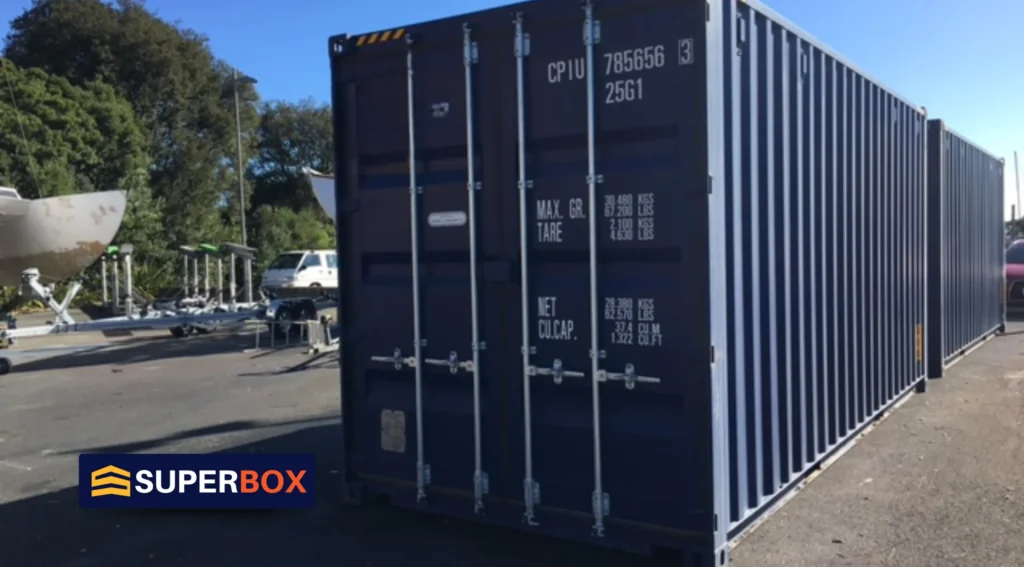
Used Containers
Used containers have been in service before but are still functional. They might show some surface rusts, dents, scratches, or signs of wear and tear but are generally well-maintained. These containers are more affordable than new ones and are commonly used by businesses looking for cost-effective options.
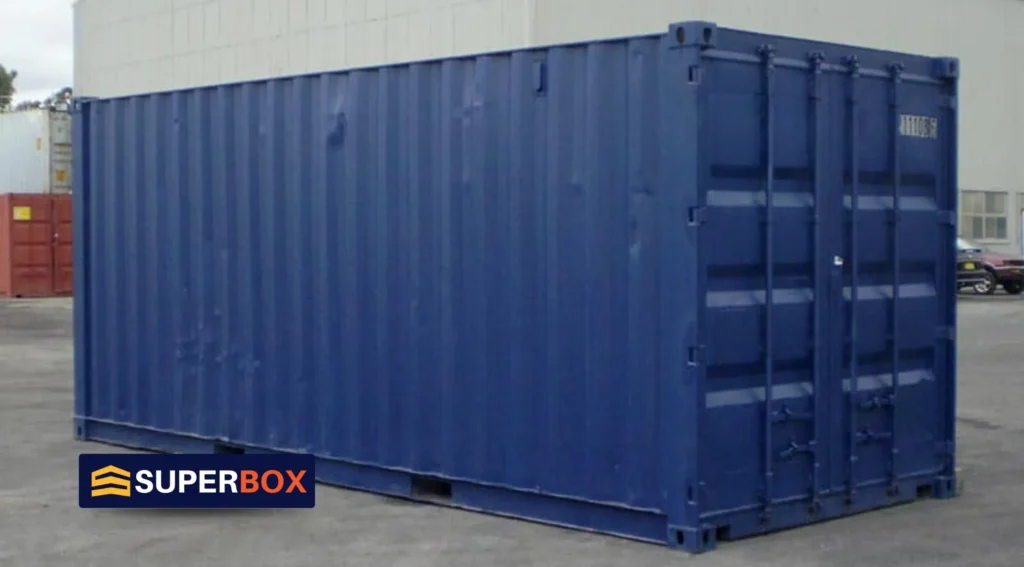
Refurbished Containers
Refurbished containers are previously used containers that have been repaired and restored to almost-new condition. They are cleaned and fixed up to meet high-quality standards.
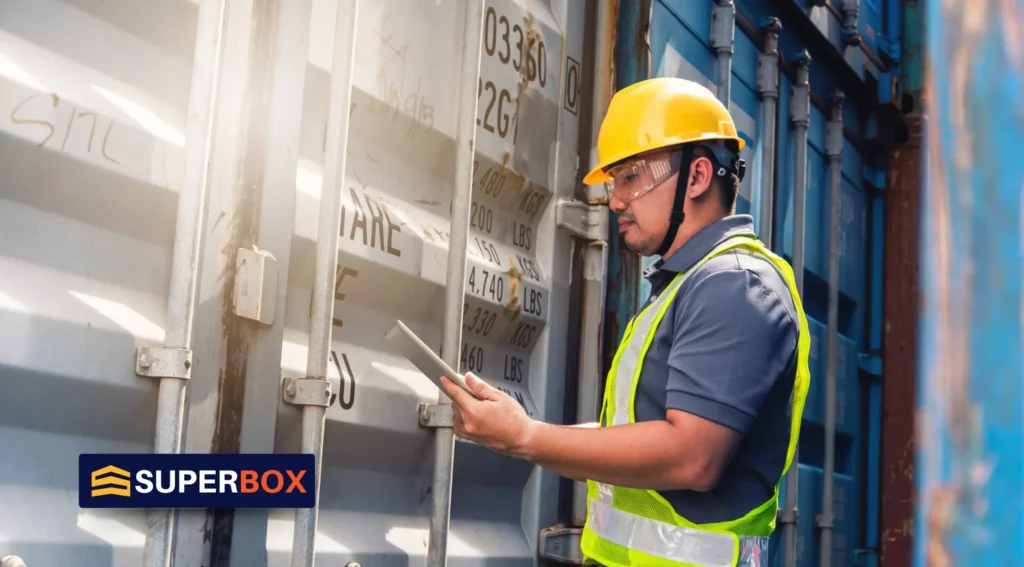
Certification and Inspection Process
The certification and inspection process ensures that shipping containers remain safe, reliable, and ready for transporting cargo around the world.
Certification
Containers must go through an initial certification process from the manufacturer to ensure they meet all IMO standards. This certification is essential for international shipping. Used and refurbished containers also require periodic certification to confirm they are still safe and cargo-worthy (CW).
Inspection Procedures
Containers go through several types of inspections:
- Visual Inspection: Inspectors look for visible damage, rust, and any other issues that could affect the container’s strength.
- Structural Inspection: They check the container’s walls, floors, and doors to make sure they are structurally sound.
- Functional Testing: Containers are tested to ensure that the doors and seals work properly and are wind and watertight.
Conclusion
In summary, understanding shipping container grading and IMO standards is important for businesses in global trade. These containers play a key role in transporting cargo safely and efficiently. The International Maritime Organization (IMO) sets guidelines to ensure containers are safe, structurally sound, and wind and water tight.
With options like new, used, and refurbished containers, businesses can choose what best fits their needs and budget. Regular certification and inspections are part of the grading system that ensures containers remain cargo-worthy or wind-resistant, even if they have minor dents or moderate delamination. This helps make shipping more cost-effective and facilitates smoother international trade.
Enhance Your Shipping Experience with SuperBox!
At SuperBox, we know how important it is to follow IMO standards and select the right container grades for your shipping needs. Our containers meet the highest safety and quality standards, ensuring your cargo is transported securely and efficiently. Whether you need new or used containers, we have the right option for you.
Contact SuperBox at 210-557-006 to see how our quality containers can benefit your business. Let us help you navigate the shipping container world with ease.

